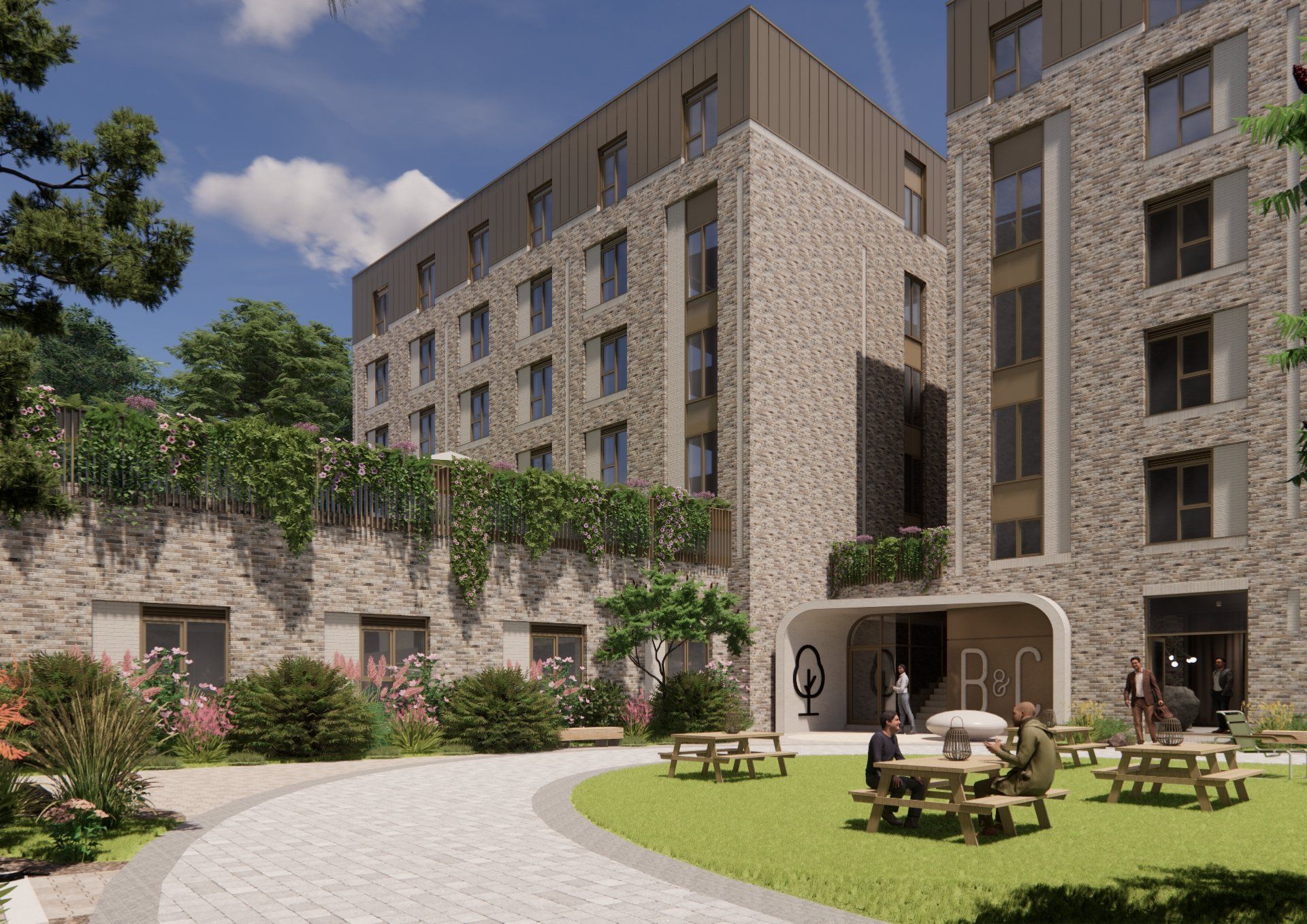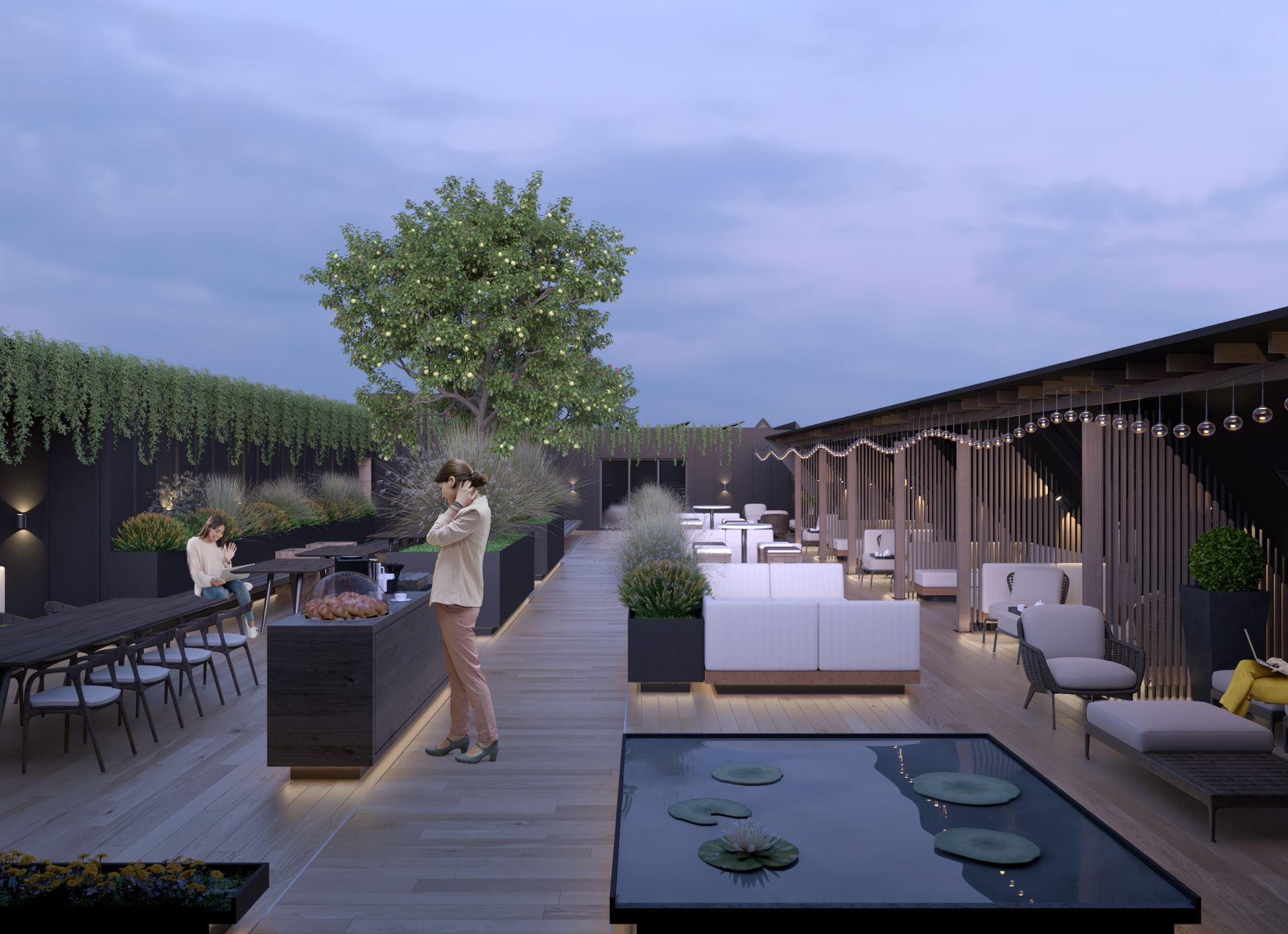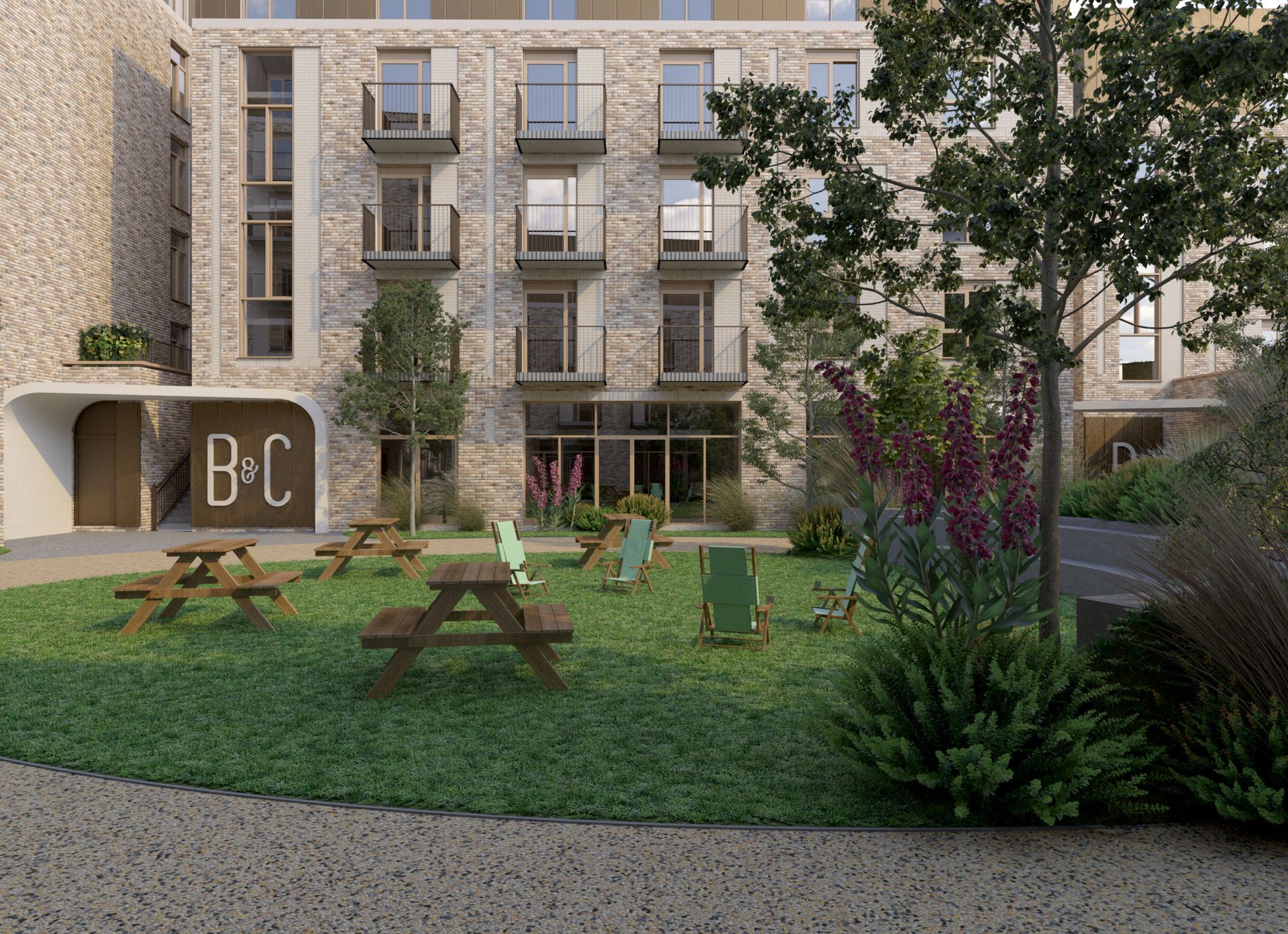HEAD OFFICE
Kosy Living Ltd
c/o Brundell Property Limited,
12 Hay Hill, Mayfair,
London W1J 8NR
GET IN TOUCH
E: info@kosyliving.co.uk
Co-living can solve many of our housing problems

Later co-living rental concept could help free up housing, unlocking benefits to the housing market
Human beings’ urge to congregate, it would appear, is unshakeable. After two and a half years during which the Covid-19 pandemic and the restrictions demanded by government forced us apart, most people are desperate to spend time in person with family, friends and fellow citizens. That is evident in the way in which live events, theatres and cinemas have come roaring back after long periods of enforced closure. But it is also clear in the ongoing demand for co-living.
At Kosy Living, I’ll admit there were points in the pandemic when we wondered whether life would ever return to normal, but we kept the faith and ploughed ahead with assembling land and seeking and winning planning permission for our first raft of projects.
Indeed, our thinking as to which parts of society co-living is most appealing has evolved and expanded. Most obviously, co-living has a particular appeal to graduates. After all, those who have experienced the very best in purpose-built student accommodation (PBSA) while at university will find it difficult to adjust to what can often be poorly maintained and regulated housing in the wider private rented sector (PRS).
In contrast, co-living solutions are almost universally well-managed and thoughtfully designed. They also tend to include a host of amenities that typically are not available in the PRS. Given all of that, it may come as a surprise to some unfamiliar with the co-living sector that rents are generally highly competitive.
A recent study by Savills found that co-living rents, which tend to include energy costs and service charges, as well as access to facilities such as gyms and cinema rooms, compare favourably with the PRS once utilities and expenses such as gym memberships are taken into account. Often, co-living will come out the more affordable option.
At Kosy Living, certainly, our intention is to provide accommodation that will appeal to a range of budgets.
But it is not just about recent graduates. A recent report indicated that the average age of co-living tenants in London topped 30 for the first time. We believe that co-living has broad appeal for professionals, business start-ups and entrepreneurs who understand that mixing with a broad range of other talented people provides a petri dish of innovation. This is something that has been long understood in the flexible office sector but that we think applies equally to housing. In order to compound the effect, we typically include a substantial workspace offer in our designs.
We also want to dispel some of the myths that surround the target market for co-living. It is often assumed that the sector is the reserve of young people, but we know both anecdotally and from the data we hold that co-living has broad appeal. At the end of the day, the concept is about creating a rich sense of community – and that has appeal for every generation.
Inherent in that broad appeal is choice. In addition to generous storage compared to your typical PRS flat, all our studio apartments benefit from cooking facilities, so customers can choose to have a meal alone or with a partner if that is what they want to do. But the cooking facilities provided on every floor also allow residents to come together or indeed host family and friends. Sharing a meal or even just a pot of coffee or bottle of wine becomes natural. Communal spaces should be open and welcoming, enabling natural conversation, sharing and encompassing that strong community feel, but also with some nooks and crannies for people to break away for some personal space if they choose.
We also work hard to provide other opportunities for people to come together. At our co-living village in Brighton, for instance, we have a garden roof terrace, which will provide a convivial space for residents to relax, interact with each other and entertain friends and family. We are also dedicated to providing other, less defined social spaces. The whole point is to allow the community to live and breathe.
Of course, it is important to talk about a sense of community purely in terms of the net benefits that it provides. But it is also the case that fostering that inclusivity is vitally important in countering the ill-effects of the pandemic. Lockdowns were detrimental to most people’s mental health, but for those living alone they were particularly cruel. Providing a solution between privacy and community offers a lifeline. Everyone hopes never to have to experience a lockdown again. However, the co-living model is more than prepared and readily adaptable for this and can in fact tackle many of the issues that occurred previously, including alienation and loneliness.
Later-living model
This point was made all the more apparent to us by an email we received from a lady in her late 60s. She said that the loneliness of lockdown had hit her hard and that she desperately wanted a room in one of our developments. This got us thinking. Of course, she would be more than welcome in any of our projects, but we also realised that perhaps she and others would be happier in a development designed more around her age demographic. We had already researched the later-living concept that has experienced success in the US, Australia and parts of Europe. However, it has never quite taken off in the UK, where the lines are still very much blurred between later living and retirement homes. As a result, we have developed our own later co-living concept.
The key there is affordability, just as it is with developments aimed at younger people. Currently, there are some senior living schemes that operate using a rental model, but the vast majority are expensive – it is not unusual for a unit to cost £4,000 or more a month. Clearly, that is unaffordable to most people.
And yet, there is a potentially huge market out there. According to a recent report from JLL, by 2025 around 20% of the UK population will be aged over 65, representing some 14.3m people, most of whom are equity rich. At the same time, there is a chronic shortage of housing designed with their needs in mind.
What’s more, as things stand, the senior living market in the UK is immature relative to similar countries. Currently, just 0.6% of over-65s live in such accommodation in the UK, compared with more than 5% in Australia and the US. As a result, JLL estimates that there is a potential requirement for an additional 725,000 senior living units by 2025, which would equate to nearly 50% of all new homes built at the current rate.
Of course, a cultural shift is required if we are to move to a position whereby it is normal for people to downsize to dedicated senior living housing. But the benefits of doing so are multiple. The fact is that we have a serious housing crisis in this country, with millions of young families unable to access appropriate housing. The RICS estimate that by providing viable, alternative residential accommodation for older households, it could release 2.6 million houses back into the mainstream housing market.
In such a situation, many people would no doubt choose to buy rather than rent an apartment, but when you stop to think about it, renting is an attractive option, especially if rents are both affordable and predictable. For instance, if an individual or couple decide to buy an annuity, they will have a dependable monthly income for the rest of their lives, a proportion of which can be set aside for housing costs.
That unlocks a quite eye-watering amount of money. According to JLL, the over-65s currently hold around £800bn of equity. By switching to a rental model, retirees can unlock the wealth they have accumulated and either reinvest it, fund the lifestyle they have always aspired to, start passing money to younger generations in a tax-efficient way or some combination of the above.
The point is that co-living and later co-living, when done thoughtfully and in a manner tailored to different demographics, can provide a solution to many of the most vexing problems facing the UK’s housing market.
At Kosy Living, we are just getting started – but the opportunities are effectively limitless.













